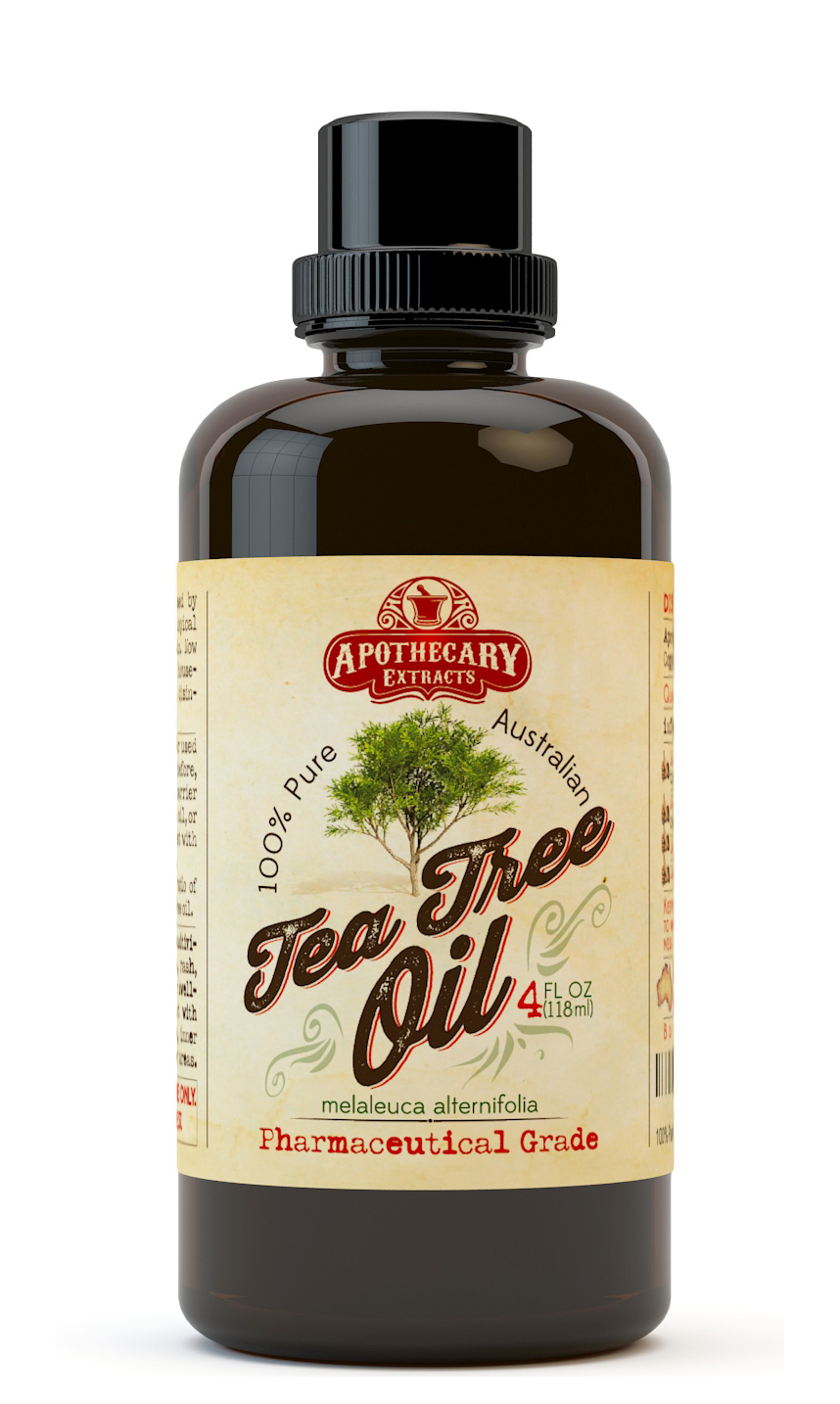The following is an advertorial. I received the product mentioned in exchange for an honest review on my blog. This post contains affiliate
links.
_tree.jpg) |
| Photo by Tangopaso; Wikimedia Commons. |
As the name implies, tea tree oil comes from tea trees (Melaleuca alternifolia) in Australia. Sailors with Captain Cook saw indigenous Australians using the leaves to make tea, so they drank it to prevent scurvy. I should note, however, that the tea tree leaves are not the same as traditional tea leaves used in most teas.
Uses for Tea Tree Oil
Face
- Prevent acne: Use a 5 percent tea tree oil gel twice a day to prevent and reduce acne. The remedy works in about 45 days, according to WebMD.
- Treat acne: Dip a cotton swab in a bit of tea tree oil and apply it to acne at night. Wash your face in the morning. The oil dries whiteheads, helps eliminate blackheads and disinfects pores.
Feet
- Treat athlete's foot: Use a 25 to 50 percent tree tea solution (mix it with plain body lotion) to relieve and cure athlete's foot. WebMD states that this solution may work as well as medicated creams.
- Toe nail fungus: Apply 100 percent tea tree oil to infected toenails twice a day for six months.
Skin
According to the American Cancer Society, tea tree oil kills several germs that are resistant to antibiotics. Add a several drop of tea tree oil to food-grade coconut oil to treat conditions such as:- Eczema
- Wounds
- Fungal infections
- Bacterial infections
- Warts
- Skin tags
- Insect bites
- Psoriasis
- Sunburns
- Scabies
Hair
- Prevent dandruff: Add a few drops of tea tree oil to a bottle of shampoo. The oils help moisturize your scalp.
- Prevent head lice: Add a few drops of tea tree oil to a bottle of shampoo. Lice hate the smell.
Coughs and Colds
Add a couple drops of tea tree oil to a warm bath to help relieve congestion.Cleaning Agent
- Natural cleaner: Add two drops of tea tree oil with water in a spray bottle.
- Clean mold: Mix tea tree oil with apple cider vinegar, apply it to mold, scrub and let the item air-dry.
Warnings
- Tea tree oil is toxic if ingested. Never swallow tea tree oil.
- Do not use tea tree oil on babies younger than 6 months.
- Do not use tea tree oil if you are pregnant or breastfeeding.
- Tea tree oil is strong and may irritate your skin or cause an allergic reaction. Test it on a small area first to see how your skin reacts.
- Do not use tea tree oil if you are allergic to plants in the myrtle (Myrtaceae) family, such as eucalyptus, clove, allspice or guava.
Recommended Tea Tree Oil
When I purchase tea tree oil, I like to purchase it in its purest form, at the strongest potency (100 percent). I was excited when Apothecary Extracts offered the opportunity to try its Pure Australian Tea Tree Oil because I was running low.The 4 ounces of oil came in a bottle that was larger than I expected. The label's design is cool with its old-school-style graphics. The bottle has a European-style dropper, so you don't pour out too much or need a pipette (chemical dropper). As a bonus, the company sent a book with recipes to make natural remedies.
Apothecary Extracts states that its oil contains 5 or more cineole and over 35 terpinen-4-ol, making its product pharmaceutical grade, as established by the Australian Tea Tree Oil Industry Association. If you need proof of this, the company will send you a copy of its gas chromatography report.
The Pure Australian Tea Tree Oil works as advertised and expected. I'd recommend this to anyone searching for this essential oil. At the time of publication, you can only find Apothecary Extract's tea tree oil on Amazon.com.
I received one or more of the products mentioned above for free using Tomoson.com. Regardless, I only recommend products or services I use personally and believe will be good for my readers. This post contains affiliate
links, meaning that I receive a small commission if you click on an Amazon.com
link and make a purchase.

No comments:
Post a Comment